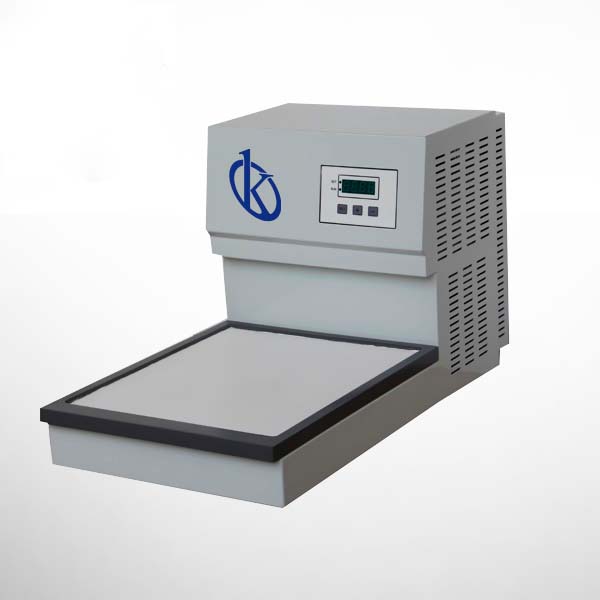The tissue inclusion system (TIS) is an indispensable clinical tool for the diagnosis and prognosis of systemic sclerosis, a chronic autoimmune skin and blood vessel disease affecting mainly middle-aged women. TIS is composed of three components: skin biopsy, electrical impedance tomography (EIT) and histology. Skin biopsy is the most important component of TIS and is done to confirm the diagnosis of systemic sclerosis and to evaluate disease activity.
When we talk about tissue inclusion, we are talking about the ability of laboratories to incorporate living tissues and cells into a variety of structures and devices. This technology is becoming increasingly popular in the research world, as it allows scientists to study cells and tissues in their natural environment.
In this sense, Kalstein can provide you with the ideal equipment, because it is a complete paraffin dispensing unit that includes a 3 liter paraffin container, a hot working area and a cooling point. In addition, it has an intuitive control panel that includes programmable working hours. It is generally considered to be a sensitive and specific method for the diagnosis of scleroderma.
Objectives of the Tissue Inclusion System
The central objective with the use of the tissue inclusion system, is to translate the findings of laboratory research into clinical therapies that improve the quality of life of patients with disabilities. It currently focuses on four main areas:
- Develop new methods to make artificial skin and other tissues that can be used to treat burns and other wounds.
- Create new artificial joints and other implants that are better tolerated by the body and provide long-term function.
- Develop new methods to deliver drugs and other therapies directly to damaged tissues.
- Investigate the use of stem cells and other regenerative techniques to repair damage and restore function of damaged tissue.
The inclusion of tissues allows the devices and structures to be much more compact. Traditional devices that use cells in suspension or in a liquid medium require large volumes of cells and large spaces to accommodate all cells.
Our team at Kalstein, because of its various functions, allows fewer cells to be used and devices to be more compact, has greater flexibility in the design of devices and structures. In addition, you agree to have greater flexibility in design.
Benefits of Use
One of the main benefits of the tissue inclusion system is the improvement in the quality of the samples. With the inclusion system, the samples can be taken more precisely and in better conditions, this translates into better quality of the samples and, therefore, a better result of the analysis.
Another benefit is the cost reduction, the system allows to obtain better quality samples using less material and translates into significant cost savings for the laboratory.
It has also been shown that the system allows for greater precision in the analysis of samples, which is especially important for samples of cancerous tissues, as accuracy is crucial for diagnosis and treatment.
Kalstein Brand Fabric Inclusion System
At Kalstein we are manufacturers of the best Tissue Inclusion Systems on the market and at the best prices, they correspond to the YR series. The technology with which our equipment operates, allows fewer cells to be used, are more compact, and flexible. It has stability, allowing them to stay in operation longer. For more information, visit our catalog HERE


